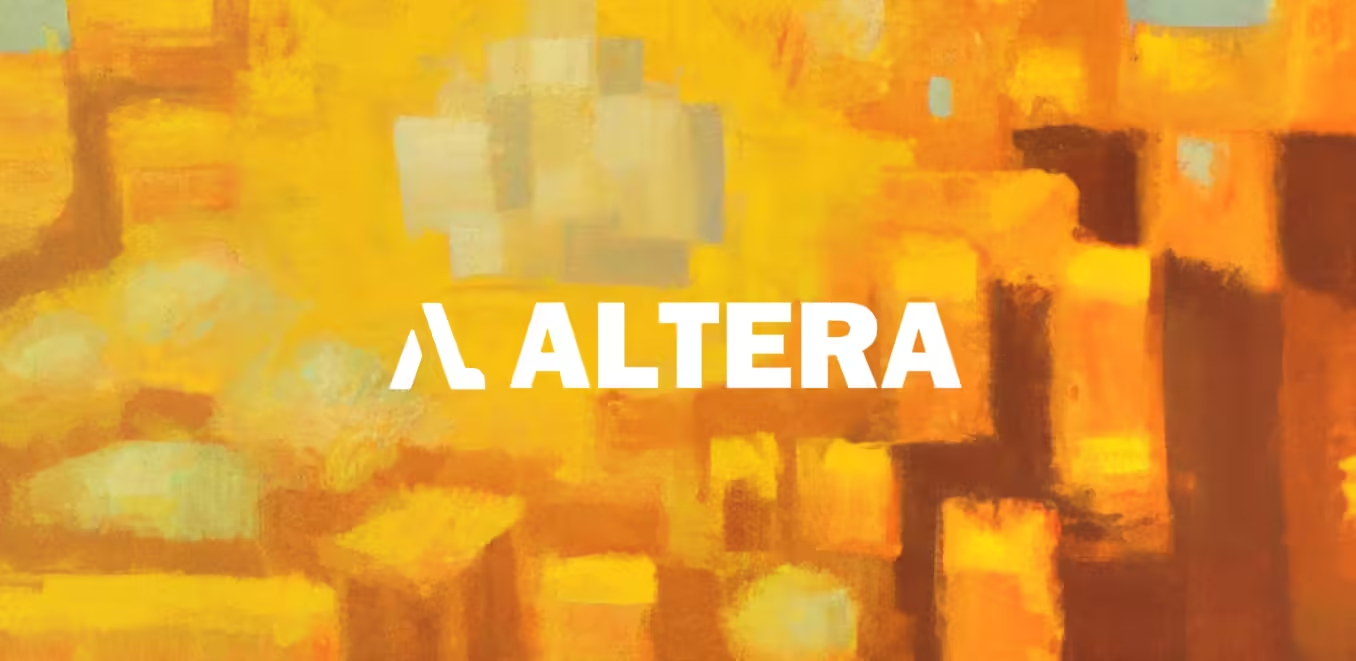Altera, a research lab founded by Dr. Robert Yang, is changing the way humans interact with AI. Using OpenAI’s GPT-4o, Altera is creating “digital humans,” which are AI agents that can think, reason, and even show emotions like humans. These digital humans aren’t just tools; they are meant to work alongside people, helping them in meaningful ways.
Table of Contents
ToggleDr. Yang’s Journey: From MIT to Altera
Dr. Robert Yang has always been fascinated by how the brain works and how AI can be built to act like it. In 2023, when OpenAI’s advanced language models became available, Yang left his job as an assistant professor at MIT to start Altera. He wanted to create AI that goes beyond basic tasks and can truly collaborate with people.
At Altera, Yang works with co-founders Dr. Andrew Ahn, Nico Christie, and Shuying Luo. Together, they’ve built their first product using GPT-4o: AI agents that can play Minecraft with users, behaving like a real friend in the game.

The Problem of Data Degradation
As Altera began building these digital humans, they faced a big challenge: data degradation. This happens when AI makes decisions over time, and the quality of the data it uses gets worse, which leads to poorer decisions. For AI agents that are supposed to work for hours without human input, this is a huge problem.
“AI agents interact with the world and make decisions in real-time, but as they keep using their own output to make future decisions, the quality of their actions decreases,” says Yang. “This is a problem for all AI systems, but for our digital humans, who are meant to work for long periods, it’s critical to solve.”
Using GPT-4o to Solve the Problem
To overcome this challenge, Altera turned to OpenAI’s GPT-4o, a language model that helps their AI agents make better decisions over time. GPT-4o allows Altera’s digital humans to keep performing well for longer periods, maintaining the quality of their actions even during extended tasks.
Altera has also designed a system that mimics how the human brain works. Their AI agents use multiple modules that handle tasks like memory, decision-making, and emotions.

These modules are inspired by brain functions like the prefrontal cortex, which is responsible for things like planning and problem-solving. With GPT-4o powering these modules, Altera’s AI agents can think faster and even process emotions, making them more human-like.
Building AI That Acts Like a Human
One of Altera’s biggest achievements is the ability to create AI that can work on its own for up to four hours. This is a big improvement compared to other AI systems that can’t last nearly as long without help. These digital humans can perform complex tasks and engage in meaningful conversations with people, making them far more useful than previous AI models.
In one of their tests, Altera compared their AI agents to other models in a Minecraft task. Altera’s digital humans collected 32% of all distinct items, while other systems like AutoGPT only collected 1.9%. This shows how much more capable Altera’s AI is when powered by GPT-4o.
Is It the Future of Digital Humans?
Altera’s first product is an AI that plays and interacts with people in Minecraft is just the beginning. The company is planning to scale up its efforts and create digital humans that can work in many different areas.
For example, AI agents could become digital coworkers, helping humans on long projects, solving problems, and offering suggestions. Altera is also exploring how digital humans could be used in simulations to study things like economics, education, or social behaviors.
By working with OpenAI and using GPT-4o, Altera is paving the way for a future where AI and humans work side by side. These digital humans could one day be a part of everyday life, helping with tasks that require thought, decision-making, and even emotion.
Conclusion
As of mid-2024, Altera is leading the charge in creating AI agents that aren’t just tools but partners in work and play. By combining human-like reasoning and emotions with the advanced capabilities of GPT-4o, Altera is showing us what the future of AI could look like.
“We’re building AI with a purpose,” says Yang. “Our goal is to create digital humans that don’t just assist us but work with us in meaningful ways. We’re excited to see where this journey takes us, and how these digital humans will shape the future of human-AI collaboration.”
With innovations like these, the line between humans and AI is starting to blur, and Altera is leading the way into this exciting new world.
